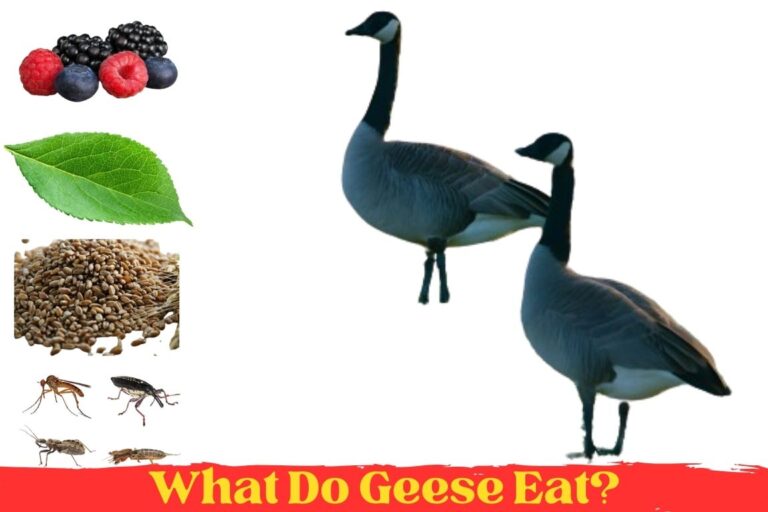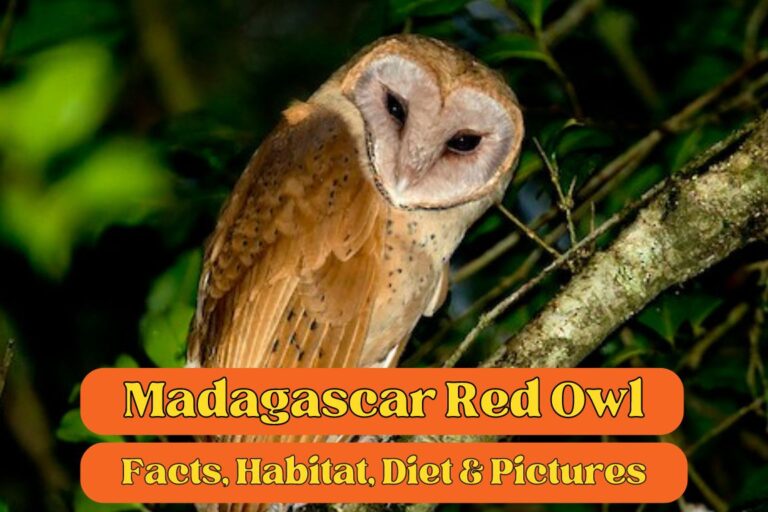8 Rare Woodpeckers In Michigan (With Pictures) – Animallearns
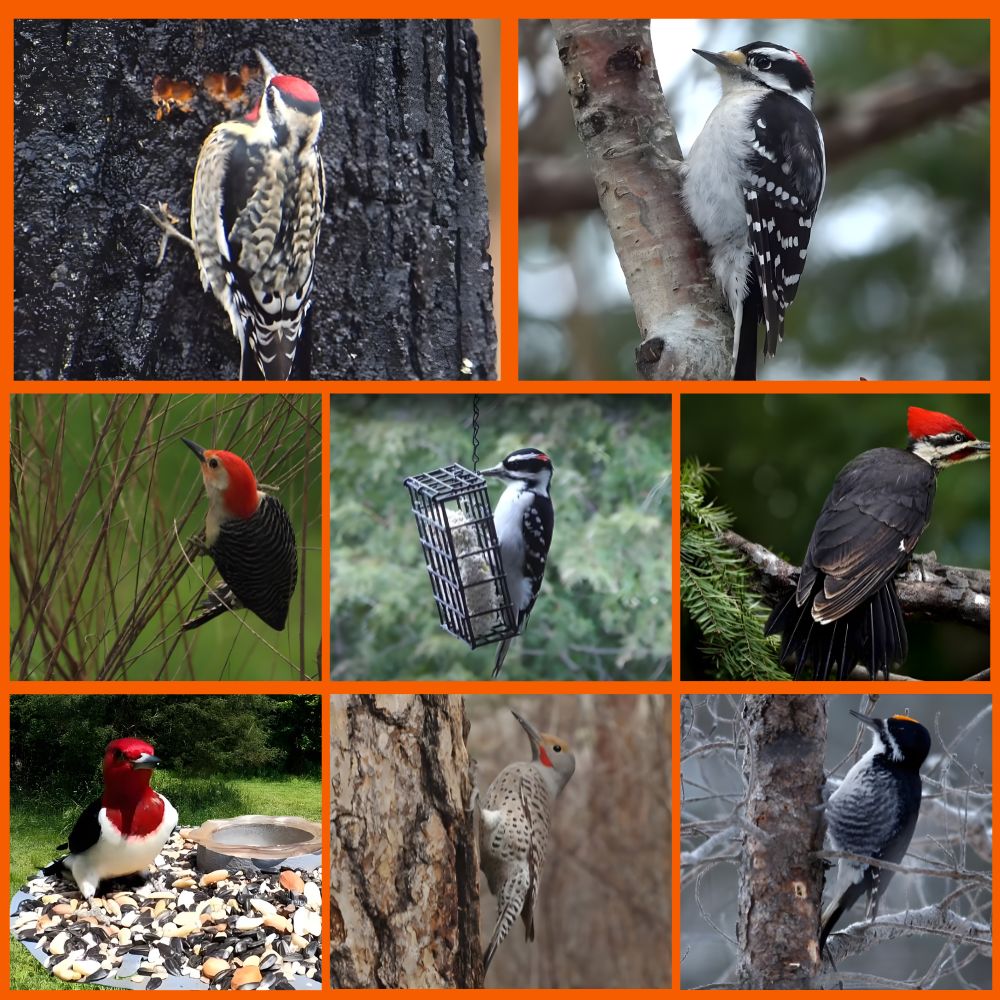
Woodpeckers in Michigan who are famous for their specific sound and excavating cavities in trees, play an important role in the state ecosystem. There are approximately 300 species of woodpeckers found in the world and 22 species of woodpeckers may be found in the United States. Eight of these 22 species of woodpeckers are present in Michigan. Some of them live permanently in Michigan while others come sometimes.
The Downy, Hairy, Red-bellied, Red-headed, Pileated, Northern Flicker, Yellow-bellied Sapsucker, and Black-backed woodpecker are the eight species of woodpeckers that may be found in Michigan.
We’ll provide an image of each species to aid in identification, some information about its size, and scientific name, a synopsis with interesting trivia, and information on where and how to find it in Michigan.
We will discuss each of these 8 species of woodpeckers in Michigan in this post.
8 TYPES OF WOODPECKERS IN MICHIGAN
Contents
DOWNY WOODPECKER
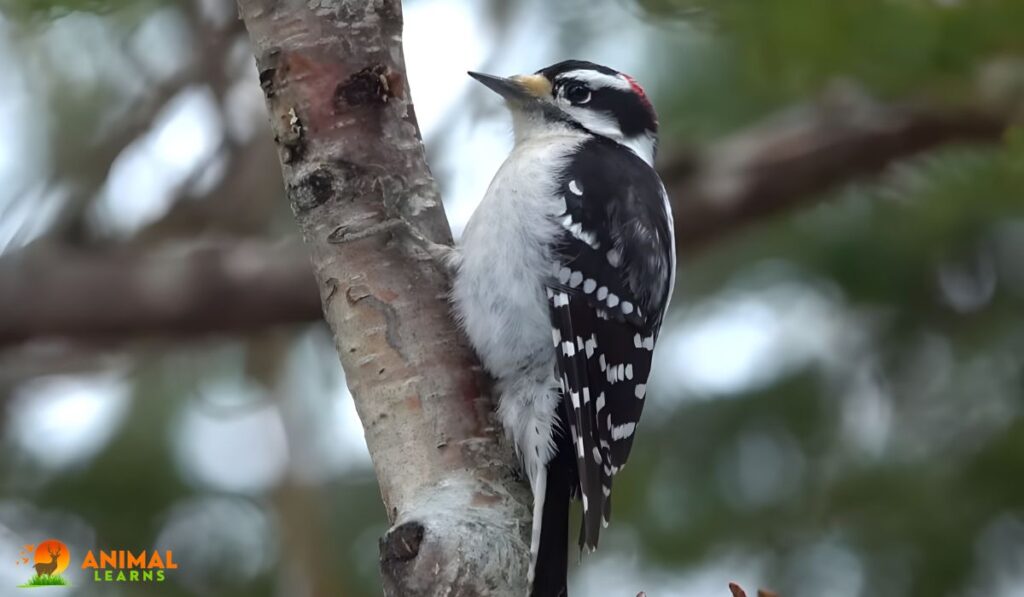
- Scientific name: Dryobates pubescens
- Wingspan: 25 – 30 cm
- Length: 14 – 17 cm
- Mass: 21 – 28 g
The smallest woodpecker species in North America, downy woodpeckers are found year-round across the state of Michigan. They are frequently seen at feeders, where suet, peanuts, mixed seeds, or black sunflower seeds are easy draws.
Along with chickadees and titmice, Downys are always the first to visit a new feeder I erect in my yard. They are quite prevalent in the winter and do not migrate.
Not only do they frequently visit bird feeders, but they will also hammer away at trees in search of bug larvae or eat berries and acorns. Observing a Downy Woodpecker sipping nectar from a hummingbird feeder is a common occurrence. For nesting purposes, Downy Woodpeckers like dead trees or dead limbs on living trees.
Downy Woodpecker Range Map
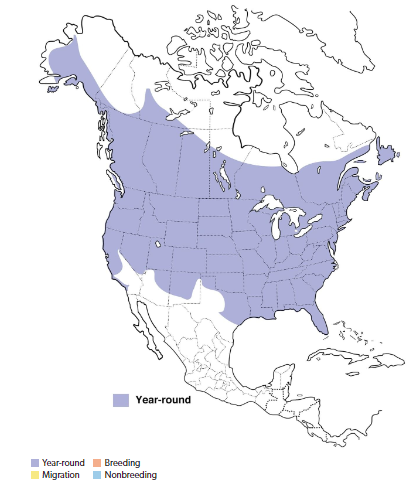
HAIRY WOODPECKER

- Scientific name: Dryobates villosus
- Length: 7.1-10.2 in
- Weight: 1.4-3.4 oz
- Wingspan: 13.0-16.1 in
The Hairy Woodpecker is the next in line; despite their obvious resemblance, it may be somewhat challenging to distinguish between them due to the Hairy’s bigger stature. Check out the picture that displays them side by side below.
The Hairy is to the right, while the Downy is to the left. The Hairy Woodpecker is considerably larger and has a longer beak than the Downy shot, but it’s difficult to tell how much smaller it is because it’s a little closer up.
The Hairy Woodpecker inhabits Michigan and much of the United States all year long.
They consume the same foods as their little sibling, the Downy, and are frequently spotted at bird feeders. You may have seen both of them and mistakenly believed they belonged to the same species.
Hairy Woodpecker Range Map

RED-BELLIED WOODPECKER
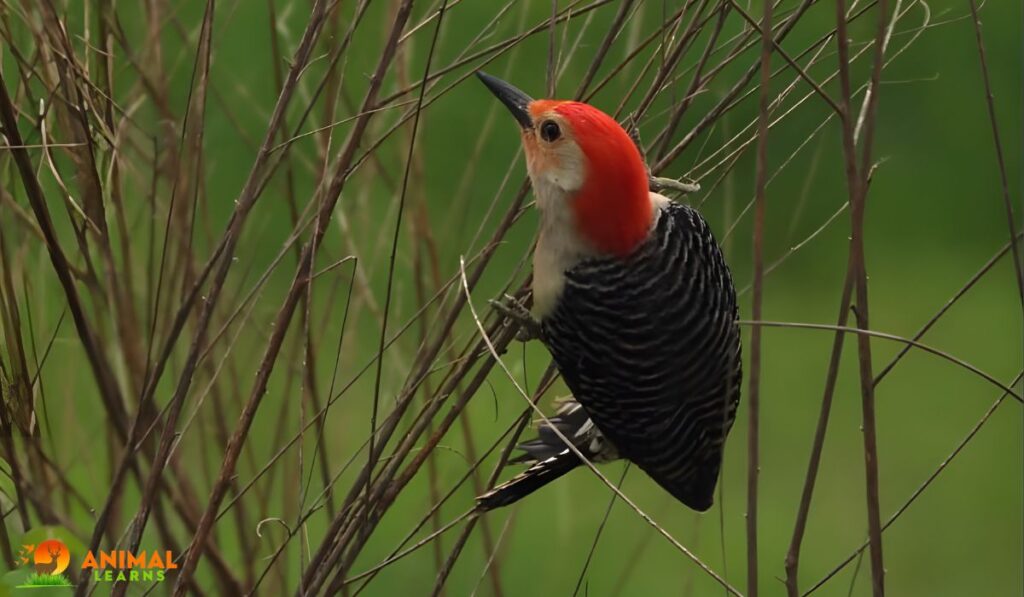
- Scientific name: Melanerpes carolinus
- Length: 9.4 in
- Weight: 2.0-3.2 oz
- Wingspan: 13.0-16.5 in
Melanerpes carolinus, generally known as the Red-bellied Woodpecker, is a year-round inhabitant of the state, but it is most frequently observed in its southern half.
This species is distinguished in flight by its noticeable white rump, buffy-white belly with a subtle red wash, and black-and-white barred back. The color of men and females differs somewhat. The male has a crimson crown in addition to the red nape, whereas the female just has a red nape.
The red-bellied Woodpeckers frequently use rolling, high-pitched “churr” or “kwirr” cries to indicate when they are nearby. Similar in sound, but with a lower pitched and less rolling cry, is the Red-headed Woodpecker.
This medium-sized woodpecker inhabits suburban areas with deciduous trees as well as woods and woodlands. The nesting sites of Red-bellied Woodpeckers are holes bored into dead trees and dead sections of live trees. This species may also utilize fence posts made by humans.
Although the same tree is frequently used every year, a new cavity is dug beneath the previous hole, thus every year the nest location is altered. The Red-bellied Woodpecker female may produce up to three broods in a season and lays two to six eggs in each clutch. For twelve days, the eggs are incubated.
Red-Bellied Woodpecker Range Map
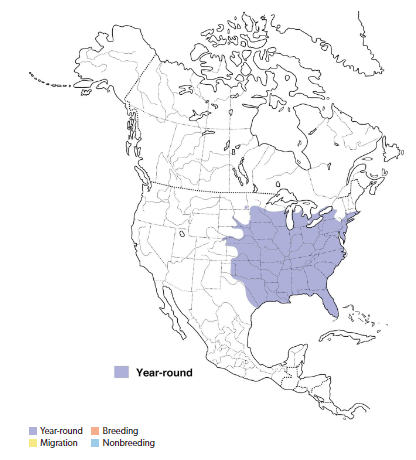
RED-HEADED WOODPECKER
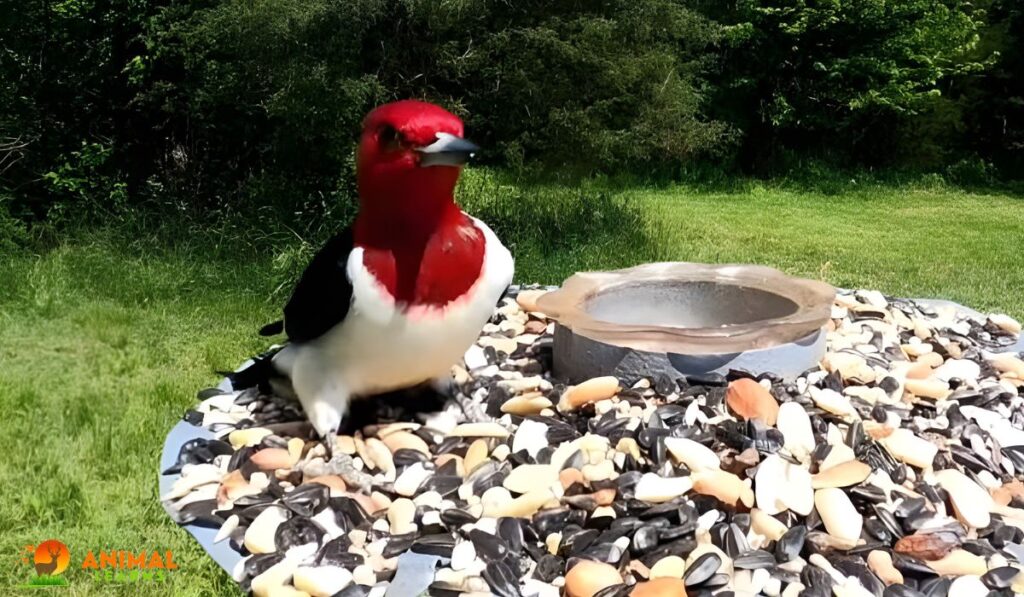
- Scientific name: Melanerpes erythrocephalus
- Length: 7.5-9.1 in
- Weight: 2.0-3.2 oz
- Wingspan: 16.5 in
Red-headed Compared to the first three woodpeckers on this list, woodpeckers in Michigan are less prevalent at bird feeders and are primarily a breeding bird species in the state.
They have a “winter and breeding” range in southern Michigan, although they are still widespread there. Occasionally, they are observed visiting bird feeders and quickly running to a tree to store the delicious goodies in holes or bark for a later time.
crimson-headed The main foods that woodpeckers eat include seeds, berries, and insects like beetles. In addition, they are regarded as among the most proficient flycatchers among woodpeckers, frequently storing live insects they catch in tree bark for future use.
Their striking red heads contrast sharply with their black and white bodies, making them easy to identify. They have been less common in some areas for a while, and their number has been declining.
Red-Headed Woodpecker Range Map
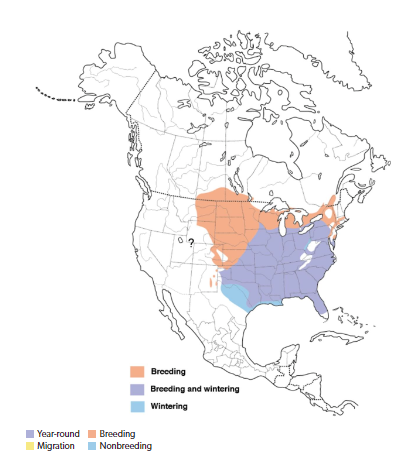
PILEATED WOODPECKER
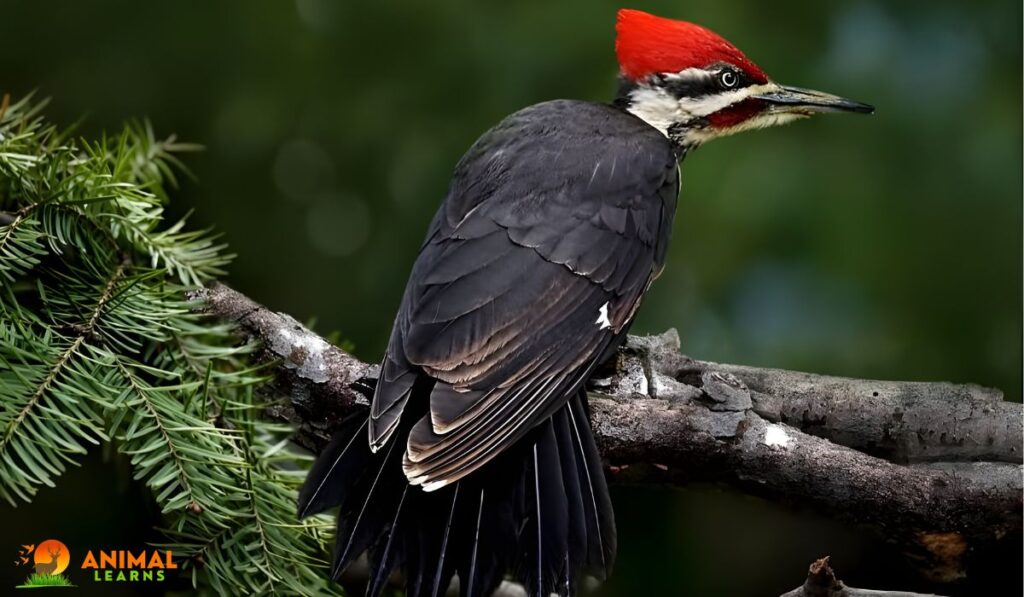
- Scientific name: Dryocopus pileatus
- Length: 15.8-19.3 in
- Weight: 8.8-12.3 oz
- Wingspan: 26.0-29.5 in
Although they are less frequent in the southeast of the state, Pileated Woodpeckers are year-round inhabitants of the majority of Michigan. They are Michigan’s and North America’s biggest species of woodpecker.
Similar to other woodpeckers in Michigan, they are easy to attract and may be fairly elusive, although they will happily eat from suet feeders when provided. I’m still working on getting this bird to come to my yard, and I haven’t seen one at my current residence.
If you have any decaying or dead trees on your property, they prefer them. You may even draw in a couple if you build a nest box. They can bore enormous holes in big trees, which is their preferred nesting location in mature woods (see picture below). Carpenter ants are their main food source, although they also consume termites, beetle larvae, other insects, fruits, and nuts.
Pileated Woodpecker Range Map
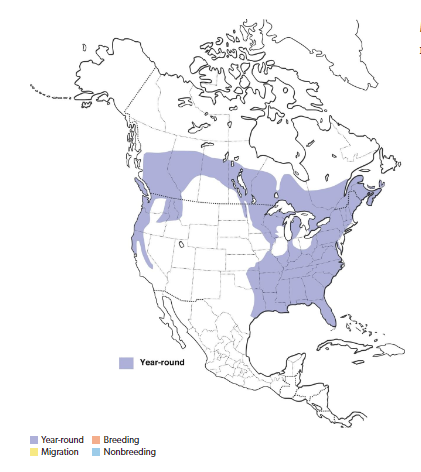
NORTHERN FLICKER
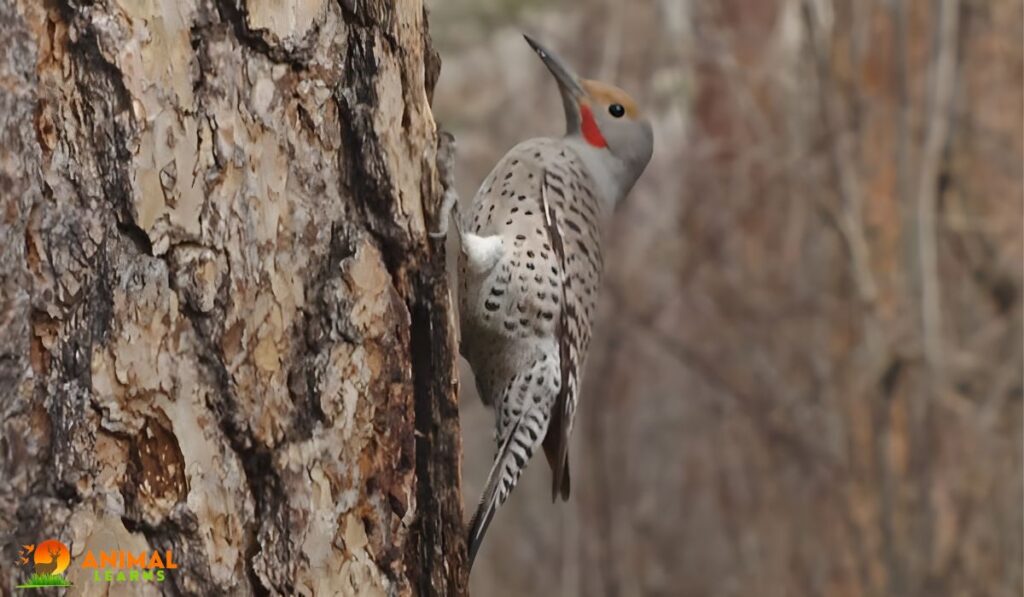
- Scientific name: Colaptes auratus
- Length: 11.0-12.2 in
- Weight: 3.9-5.6 oz
- Wingspan: 16.5-20.1 in
Northern Flickers are brightly colored birds that are common in backyards around Michigan. Although they may occasionally visit feeders, they mostly use their lengthy tongues to scrape through leaves and mud in order to snag ants off the ground. In addition to ants, they also consume berries, sunflower seeds, and thistle, among other invertebrates.
Despite finding their food on the ground, they frequently drum on trees as a means of communication. Like other woodpeckers, their preferred nesting sites are decaying, ancient trees.
The characteristics that set Northern Flickers apart are their black bibs, yellow tails, red on the back of their necks, and spotted underbellies. They are somewhat larger than a hairy woodpecker, but still considerably smaller than a pileated woodpecker.
Northern Flicker Woodpecker Range Map
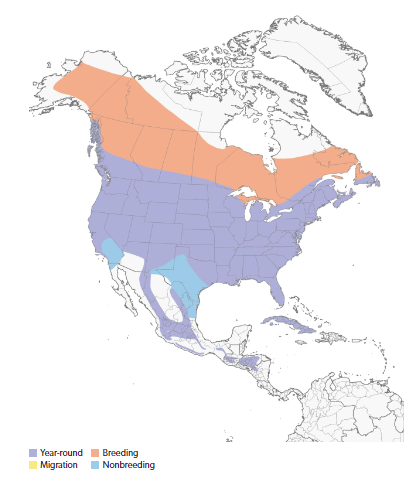
YELLOW-BELLIED SAPSUCKER
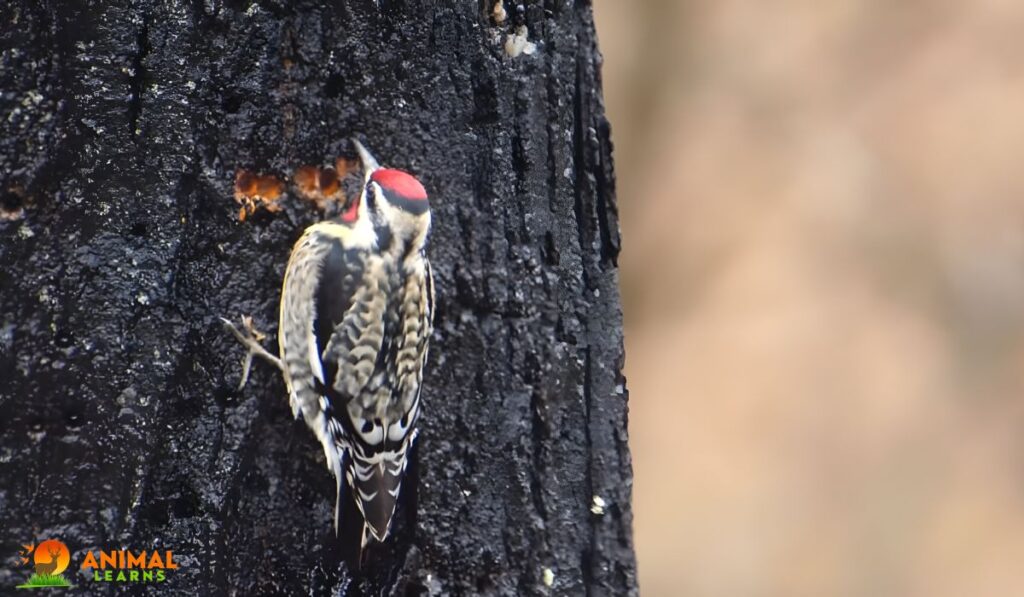
- Scientific name: Sphyrapicus varius
- Length: 7.1-8.7 in
- Weight: 1.5-1.9 oz
- Wingspan: 13.4-15.8 in
Pale-bellied Although they don’t frequently visit bird feeders, sapsuckers occasionally visit suet feeders. When searching for insects or gathering sap, it is more probable that they will be spotted in tree branches.
In order to get as much sap as possible, sapsuckers will bore holes in birch and maple trees, push their bills inside, and utilize their lengthy tongues.
Approximately the size of an American Robin, these woodpeckers are seen nesting in northern and upper Michigan. They have a migration-only range in the southern part of the state, however they can still be observed during migration.
Pale-bellied Sapsuckers have red feathers above and below their beaks, a yellow and black breast, and a mostly black body with pale undersides.
Yellow-Bellied Sapsucker Range Map
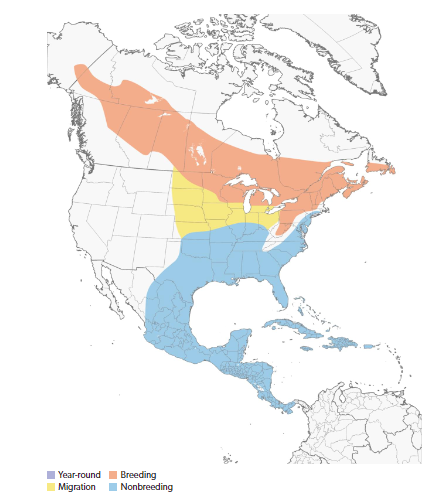
BLACK-BACKED WOODPECKER

- Scientific name: Picoides arcticus
- Length: 9.1 in
- Weight: 2.1-3.1 oz
- Wingspan: 15.8-16.5 in
The Black-backed Woodpecker, which is restricted to the state’s northernmost regions, comes in last on our list of woodpeckers in Michigan. They are found throughout the year across the majority of upper Michigan, with the exception of a tiny area around Lake Michigan’s shoreline near the state’s northernmost point. They have a golden crown on their heads, and they are robin-sized, predominantly black with white underbellies.
Dark-backed The larvae of wood-boring beetles that pierce trees are the main food source for woodpeckers in Michigan. Finding a forest that has burned may be your greatest chance of seeing one of these woodpeckers as they are naturally drawn to such areas.
Every time they are prepared to build a nest, they will dig a fresh hole. For all the birds that need to locate abandoned nest holes, such as owls, bluebirds, nuthatches, and chickadees, this helps produce nesting possibilities.
Black-Backed Woodpecker Range Map

FAQs
What types of woodpeckers can be found in Michigan?
Michigan is home to several woodpecker species, including the Downy Woodpecker, Hairy Woodpecker, Pileated Woodpecker, Red-headed Woodpecker, and Northern Flicker.
Why do woodpeckers peck on trees?
Insects and larvae lying beneath the bark are the main food sources for woodpeckers, who peck on trees in search of them. In addition, they dig nesting holes and use drumming to communicate with other woodpeckers.
Do woodpeckers harm trees?
While woodpeckers can occasionally destroy trees with their pecking, particularly while foraging for food or digging out nesting holes, their effects are typically small and they can have a positive effect on the ecology when they get rid of insects that are bad for trees.
How can I attract woodpeckers to my yard in Michigan?
Provide high-energy suet cakes in suet feeders, supply nuts or seeds in specialty feeders, construct a habitat with dead or dying trees for nesting places, and have a varied landscape with a mix of open spaces and trees to draw woodpeckers.
Are woodpeckers protected in Michigan?
Yes, woodpeckers are protected under the Migratory Bird Treaty Act, which prohibits the capture, killing, or possession of native migratory birds, including woodpeckers, without appropriate permits.







